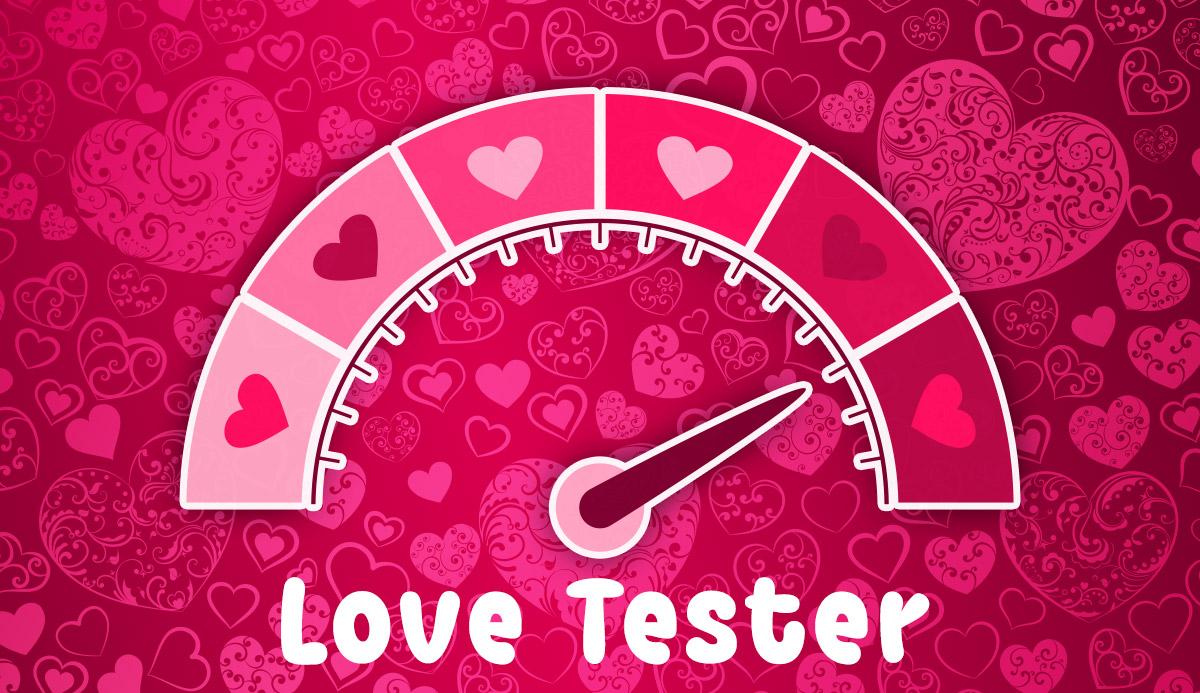Love testers, whether found in retro arcades or online apps, are known for generating “compatibility scores” between people in a playful way. Although the results are purely for fun, love testers are widely enjoyed by people of all ages. But what’s really going on when you press that button or enter your name? Here, we’ll dive into how love testers work and what makes them so entertaining.
What is a Love Tester?
A love tester is a machine, app, or online tool that gives a score representing romantic compatibility. Most commonly, they’re found in arcades or as mobile and online games. While they all offer similar experiences, love testers use a range of techniques to create scores—some based on basic physical inputs and others on randomized algorithms.
The Different Ways Love Testers Work
There are a few methods that love testers commonly use to generate scores, each contributing to the fun and mystery of the game:
-
Temperature and Skin Sensors
Traditional arcade-style love tester machines often rely on temperature or skin conductivity sensors. When users place their hands on a handle or pad, the device measures their skin temperature or resistance. Excitement or anticipation can slightly change skin temperature, which the machine then translates into a love score. While not scientific, it adds a physical element to the experience. -
Name Matching and Numerology
Many online love testers work by comparing names or even birth dates using simple algorithms or numerology. These digital love testers assign values to names or numbers and match patterns based on classic numerology or alphabetical values. This adds a personal feel to the game, although it’s also purely for fun. -
Randomized Scoring Systems
The simplest and most common approach in many arcade machines and online love testers is to use randomized scoring. When a user presses the button, the machine’s programming generates a random score within a set range. This randomness ensures unique scores with every attempt, keeping users entertained and engaged. -
Pressure and Grip Sensors
Some love tester machines use grip or pressure sensors to detect how firmly a person holds a handle or presses a button. The machine interprets this input as “passion” or “energy,” then reflects it in the final score. For example, a stronger grip might lead to a higher score, adding humor and engagement to the experience.
The Process Behind a Love Tester Score
While love testers vary, most follow a similar process to produce a score. Here’s a general look at what happens behind the scenes:
-
User Input
The user activates the machine by entering a name, squeezing a handle, or pressing a button. Some love testers require both participants’ names, while others work with a single user input. -
Sensor Reading or Score Generation
Depending on the type of love tester, it may record sensor data or generate a random score. Sensors may measure temperature, skin conductivity, or even pressure, while digital versions often use name-matching algorithms or random scores. -
Score Calculation
The machine’s microcontroller or algorithm processes the input and calculates a score based on a set formula. The calculation is typically simple and designed for entertainment, not accuracy. -
Display of Results
Finally, the love tester displays the score on a screen or light-up panel, often with a descriptive title like “Hopeless Romantic” or “Cold as Ice.” The score and description are purely playful, adding to the amusement factor.
Why Do People Enjoy Love Testers?
The fun of love testers lies in their simplicity and the excitement they bring to social settings. Here are some reasons why people enjoy using love testers:
-
Quick and Easy Fun
Love testers don’t require any skill or deep involvement, making them an easy source of entertainment with instant results. -
Social Interaction
Love testers spark conversations, laughter, and sometimes friendly competitions, making them a hit in groups or on dates. -
Nostalgic and Lighthearted
Many love testers are inspired by vintage arcade machines, giving them a nostalgic appeal that adds to their charm.
Are Love Tester Scores Accurate?
Love tester scores are not accurate reflections of romantic compatibility; they’re made for amusement only. Whether it’s sensors or name-matching, the results are based on basic algorithms or randomization rather than scientific analysis. However, the enjoyment comes from the novelty, not the accuracy.
Conclusion: Embrace the Fun of Love Testers
Love testers add a spark of fun and curiosity to any setting. While they may not offer real insight into compatibility, they’re designed for laughter and lighthearted memories. So, next time you try a love tester, remember: it’s all about the experience!

